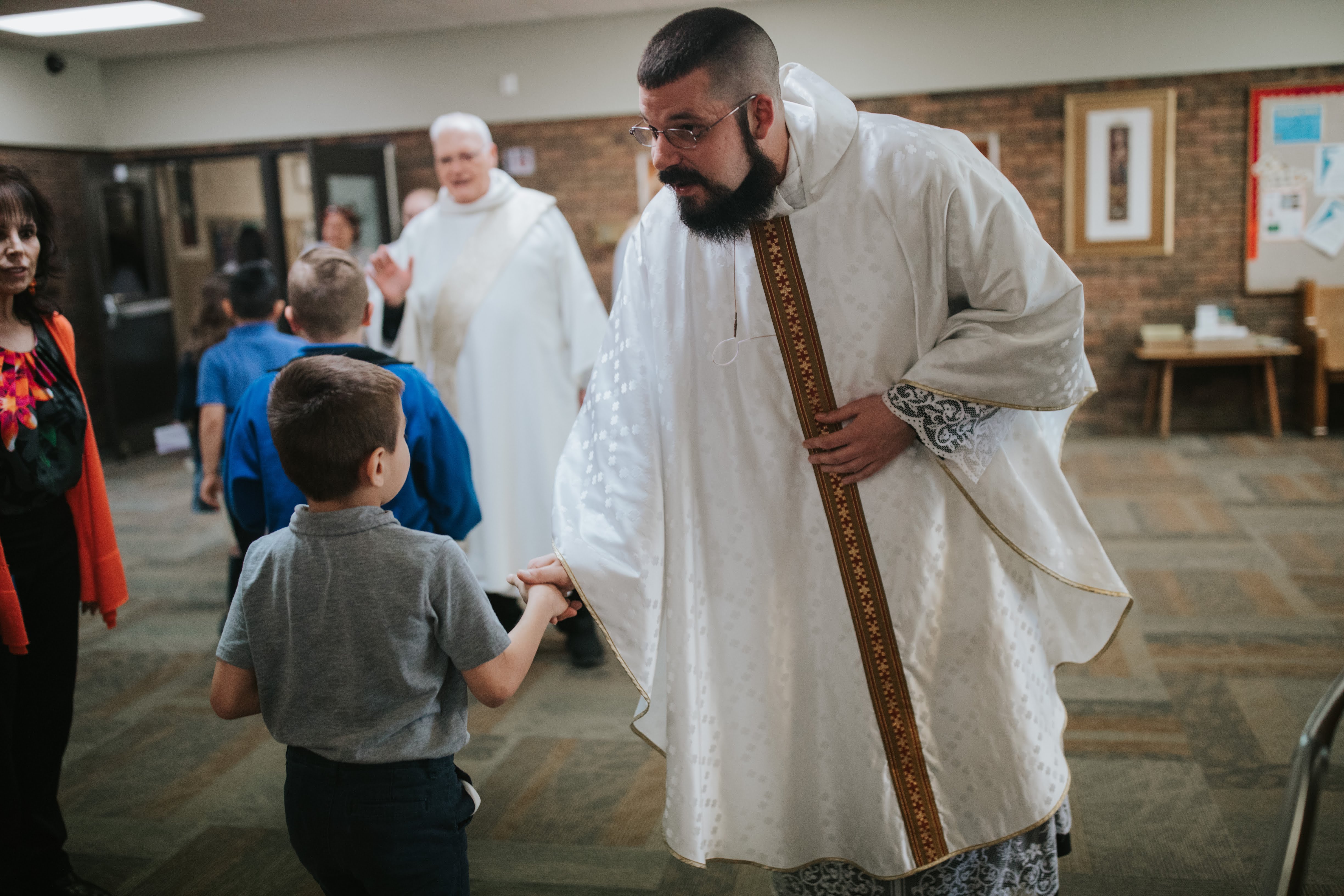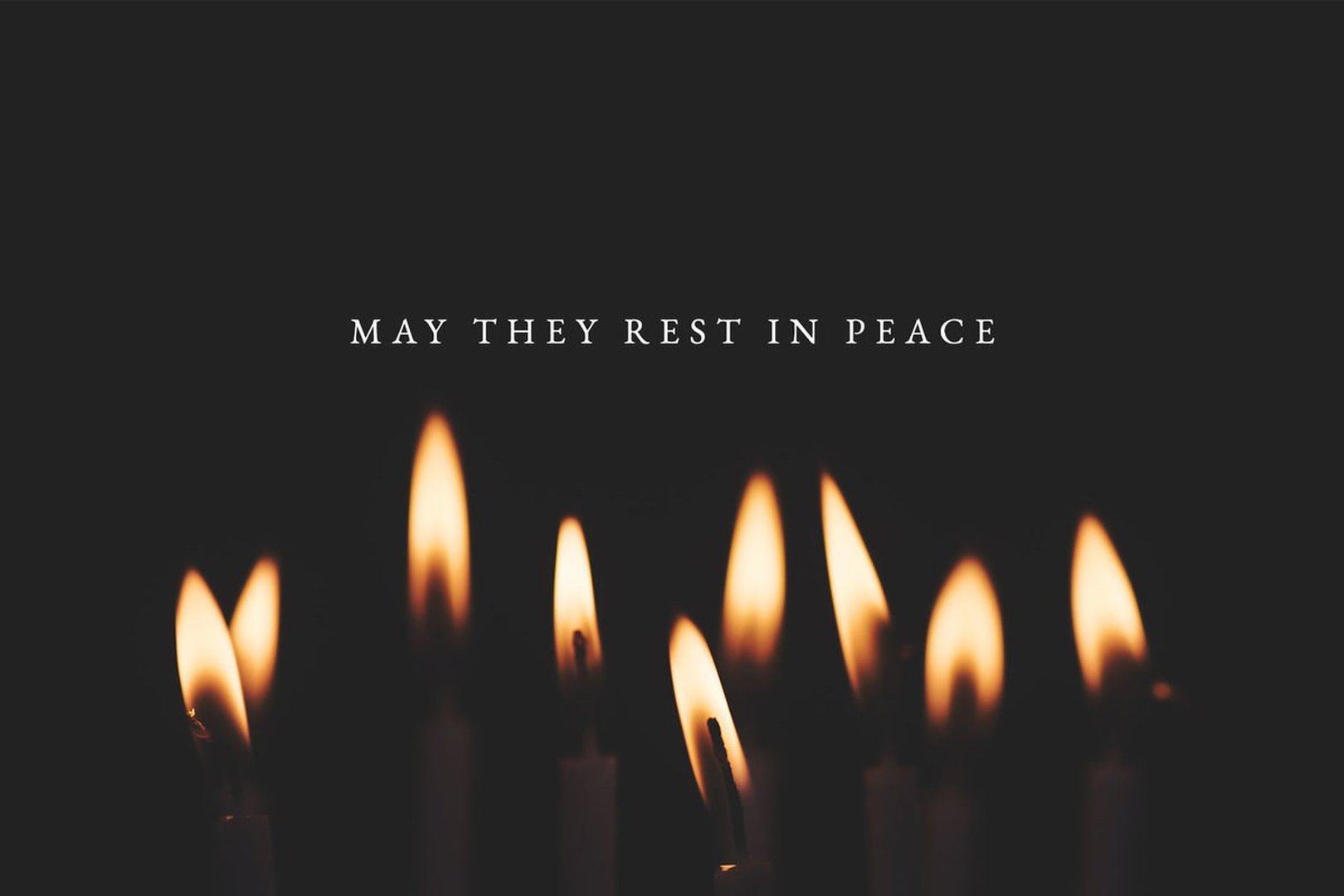New structure will allow parishes to remain independent, work more closely together, and give priests freedom to focus on ministry
DETROIT — When the Archdiocese of Detroit transitions to a new “families of parishes” model starting this Advent, it will look very different from the traditional clustered or merged parish model with which parishioners might be familiar.
In fact, for the average parishioner, things might not appear to change much at all. But for the priests overseeing each new “family,” the new model could make a world of difference.
“The problem with a cluster model is that the only thing that really gets clustered is the priest,” Deacon Mike Houghton, director of missionary strategic planning for the archdiocese, told Detroit Catholic. “The priest is pulled into working with multiple parish councils, multiple finance councils, and it just is way too hard on the priest.”
When Archbishop Allen H. Vigneron announced the historic change to the archdiocese’s parish structure May 31, a major driving factor in the decision was the archdiocese’s accelerating priest shortage, he said.
The Archdiocese of Detroit currently has 356 active diocesan priests. Of those, more than a quarter (89) are retired, and the average age of all priests serving in the archdiocese is 60.2.
Anecdotally, while five new priests were recently ordained for the archdiocese, nine active pastors will retire July 1 — a trend that is projected to continue for the foreseeable future.

With 218 parishes that need spiritual care — in addition to 86 Catholic schools and countless other ministries — something had to be done to prevent the administrative burden from piling up on fewer and fewer priests.
The solution the archdiocese landed upon was the “families of parishes” model, which has been successfully tried by others such as the Diocese of London, Ont., Deacon Houghton said. Under that model, groups of priests would care for “families” of three to six parishes with overlapping needs.
“The big difference is, those multiple priests can be there to cover for one another for vacations, retreats, Masses and that kind of thing,” Deacon Houghton said. “They can work with one another across the family of parishes to align schedules and timing.”
While the number of priests and parishes won’t change — at least not right away — consolidating resources will allow priests more time to exercise their pastoral ministry without the added stress of managing time, finances and human resources for multiple parish sites.
“In a family of parishes, the goal is to have one parish council for the family, one finance council for the family, and to have one priest who runs all the administrative work,” Deacon Houghton said. “It significantly reduces the workload on those (priests) who aren’t doing administrative work, and it allows the pastor to work with one group instead of multiple for each of the parish sites.”
Sharing resources and expenses
While many of the details will be discerned over the next six months — primarily through three working groups of priests, lay leaders and archdiocesan representatives — the basic framework of the “family of parishes” model is quite different from those used in the past.

Unlike in a merged parish, each of the individual parishes in a “family” would retain their unique canonical identity. While that’s also true in a clustered parish model, the advantage of a family of parishes is the flexibility and freedom to cut down on duplicate work and expenses.
“From the laity’s perspective, that’s a very significant difference,” Deacon Houghton said. “In a merged parish, all of the individual parish identities go away, and they become one parish in the eyes of the Church. In a family of parishes, each of the individual parishes maintains their individual identity.”
The COVID-19 pandemic has also created significant financial challenges, which the family of parishes model could help alleviate, Deacon Houghton said. In April, Georgetown’s Center for Applied Research in the Apostolate estimated Catholic parish offertories across the board could be down as much as 58% from pre-pandemic levels — a figure the nonprofit said “likely still paints far too rosy of a portrait” given the high unemployment rate.
While the Archdiocese of Detroit has taken steps to make online giving easier, Deacon Houghton said parish families can take advantage of “economies of scale” by sharing some costs across the board.
“In a family of parishes, you have the ability to use common tools and processes,” Deacon Houghton said. “It could be something as simple as combining on one textbook for religious education, buying in bulk rather than six parishes buying six different sets of textbooks.”
While families of parishes might not need the same staffing models as individual parishes, “that doesn’t necessarily mean staff cuts,” Deacon Houghton said. “There will be some natural attrition that will occur over the next few years, but we may also look at creating new staff positions that allow us to be more missionary.”

Such natural attrition, including retirements and normal staff turnover, bring with it an opportunity to be more efficient and re-examine how parish staff can be organized to best serve the mission, he said.
However, Deacon Houghton stressed, nothing has been decided yet.
“We’ve learned it would be a big mistake to create ‘the answer’ and give it over to the presbyterate,” Deacon Houghton said. “We want to get priests’ buy-in and support.”
Instead, the next six months will be a period of intense discernment, prayer, collaboration and gathering feedback as the local Church asks God to guide her next steps, he said. And ultimately, decisions on individual staff positions and parish finances will be left to each parish family to discern for themselves.
It’s still about Jesus
While no one likes to think and talk about administrative realities, at the end of the day, the archdiocese’s transition to a new governance model is still about evangelization, Deacon Houghton said.
“This really is all about being missionary,” Deacon Houghton said. “We talk about the finances and the structure, and those are realities that we have to deal with, but our jobs are about being missionary disciples. Our jobs are to bring people to the faith. This is just a way to help us be more effective at doing that, given the resources that we have.”

Archbishop Vigneron has become fond of using St. Paul — who was shipwrecked on multiple occasions — as a model for the archdiocese’s own missionary journey, Deacon Houghton said.
“St. Paul wasn’t a very lucky guy. But each time he was shipwrecked, he didn’t lament what he had intended to do. He took the situation he was cast into and he went out and evangelized — no matter where he was or what he was doing,” Deacon Houghton said.
“We came into a difficult situation, and we had to adjust some,” he said. “We always have to remember, though, no matter what we’re doing or what structure we’re in, our goal is to be missionary.”
While families of parishes will undoubtedly bring change in the way the local Church operates, Deacon Houghton said the archdiocese is moving forward with bold faith in the Lord’s providence.
“The aim of families of parishes, and the aim of the archbishop, is not to close parishes. It’s not to ask parishes to lose their individual identities,” Deacon Houghton said. “At the same time, we all have to recognize that we’re coming out of a pandemic, which significantly strained the resources of a number of parishes. And that’s a reality that will have to be dealt with in some capacity.
“The idea here is, let’s not sit back and lament what has happened. Let’s move forward and continue to be missionary in everything we do, just like Paul did.”










